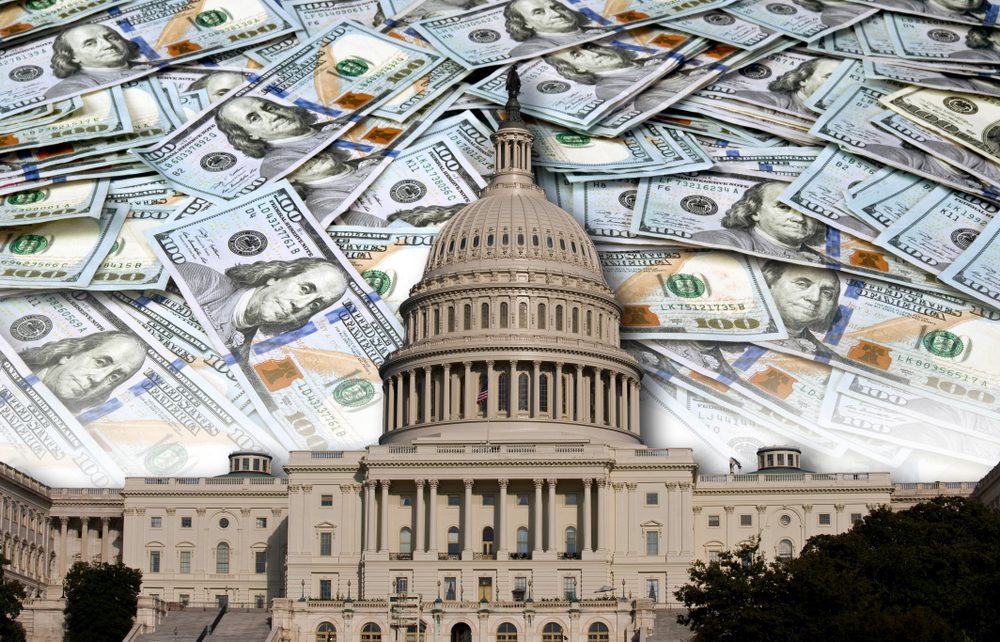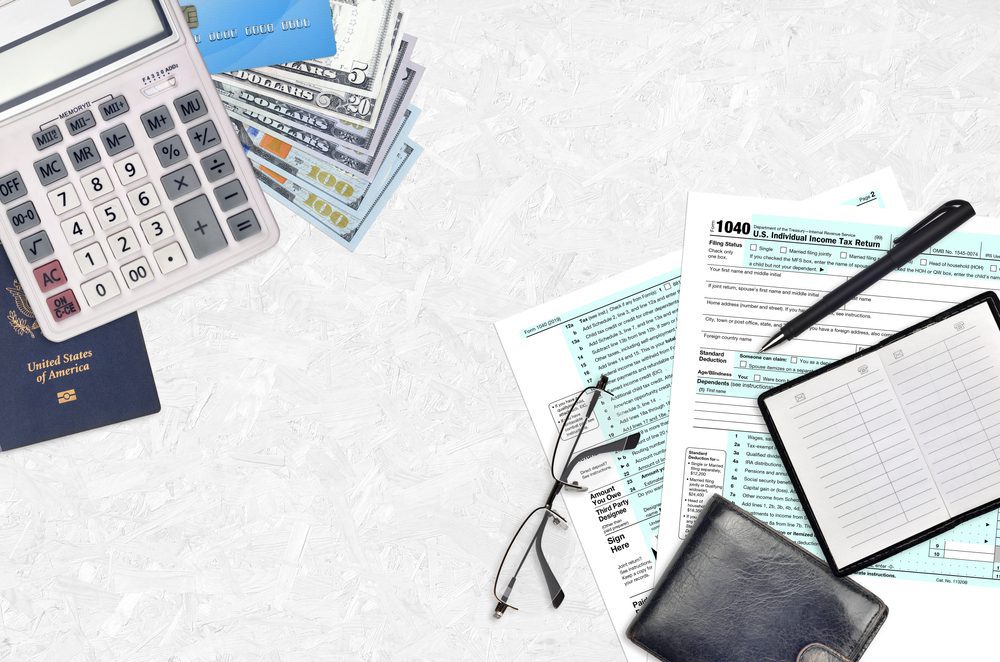Advertiser Disclosure: Many of the companies featured here provide compensation to us. This is how we maintain our free service for consumers. Compensation, along with hours of in-depth editorial research, determines where & how companies appear below.
An hourly employee’s pay period length is divided by the number of pay periods he or she works in a year or, in the case of an hourly employee, by the number of hours they work per week.
When you earn a weekly wage and owe the government $10,000, $192.30 will be withheld from each paycheck and forwarded on your behalf to the government: $10,000 divided by 52.
Federal and state withholding taxes are very similar. The main difference is that state withholding taxes are based on state taxable income, whereas federal withholding taxes are based on federal taxable dollars. Federal withholding regulations are consistent throughout the United States, whereas state withholding rules vary among states.
What You Need To Know
- Not every state withholds income taxes, and each state can only withhold amounts for its own tax purposes.
- The federal government withholds taxes from virtually every U.S. citizen unless they did not have a tax liability last year and do not anticipate a tax liability in the current year.
- The federal government is the only one that withholds Social Security and Medicare taxes.
- A federal tax bracket is based on the income of an individual. There are seven brackets in total.
- There are three ways to file taxes: as a single person, as a married person, or as a head of household.
Withholding tax at the federal level

It expedited the tax collection process and made it easier for governments to raise additional taxes without most taxpayers becoming aware of it throughout the 1940s and 1950s. However, the modern tax withholding system was introduced to fund military operations during World War II.
Taxpayers were required to pay income taxes in full on the due date in March before the withholding system was implemented. Since they had to pay in full on that date, they became acutely aware of their tax burden. Withholding allows taxpayers to not feel the big bite all at once when their taxes are automatically deducted throughout the year.
The government withholds $250 from every paycheck that most Americans receive. When you earn $1,000, but the government withholds $250, you will only be able to take home $750 of the paycheck. If you have more withheld from your paycheck than you should have paid in taxes, the government refunds you.
W-4 forms require employees to provide employers with personal information, including marital status and number of dependents. Employers use these guidelines to determine the amount of withholding they must withhold.
The purpose of withholding is to avoid owing more at the end of the year in taxes by getting the amount as close as possible to what you’ll owe.
State Withholding Tax
State and local governments may withhold income tax on wages, but only according to their own tax rates. It is possible to withhold federal and state taxes simultaneously, but not simultaneously.
Withholding for income tax at the state level is very similar to federal withholding, but states have their own forms.
New Hampshire does not have withholding because the state taxes only dividends and interest income, not wages. Alaska, Florida, South Dakota, Nevada, Tennessee, Texas, Washington, and Wyoming do not have withholdings because they don’t have income taxes.
Differentiating factors
A Social Security tax rate of 6.2% is withheld by the federal government up to the wage base, which in 2022 is $147,000 ($160,200 in 2023). If your income exceeds this threshold, you do not have to pay Social Security taxes. The rate remains the same for all employees.
An employer is required to match Social Security and Medicare payments for an additional 7.65% paid to the federal government. Medicare tax is withheld at a flat rate of 1.45%, but if you earn more than $200,000, an extra 0.9% Medicare tax is withheld.
There is no Medicare or Social Security withholding at the state level, and the withholding varies from state to state.
Factors to consider
A $2 trillion emergency relief package for the Coronavirus was signed into law by former President Trump on March 27, 2020. Through Dec. 31, 2020, employers (not employees) can defer their share of Social Security taxes to the benefit of the Coronavirus Aid, Relief, and Economic Security (CARES) Act. 50% of the deferred amount must be paid by Dec. 31, 2021, while the other half must be paid by Dec. 31, 2022.
Employers who continue to pay employees who aren’t working as a result of the crisis will also qualify for a payroll tax credit.
State and Federal Taxes: What Is The Amount?

In the U.S., the federal tax ranges from 10% to 37%. State taxes vary from state to state, and some states do not have them. The federal tax is an income tax based on brackets. Specific bands of income correspond to specific tax rates. This is a progressive tax.
If I do not pay federal income tax, what happens?
There could have been an error in the deduction of federal income tax from your paycheck if you didn’t receive it. Most people will have to pay federal taxes. Some people are exempt from paying federal taxes, based on how much they earn or their age, for example. Your federal taxes would not be deducted if you were in this situation.
Which state has the highest tax rate?
With a 13.30% income tax, California has the highest state tax rate in the nation.

